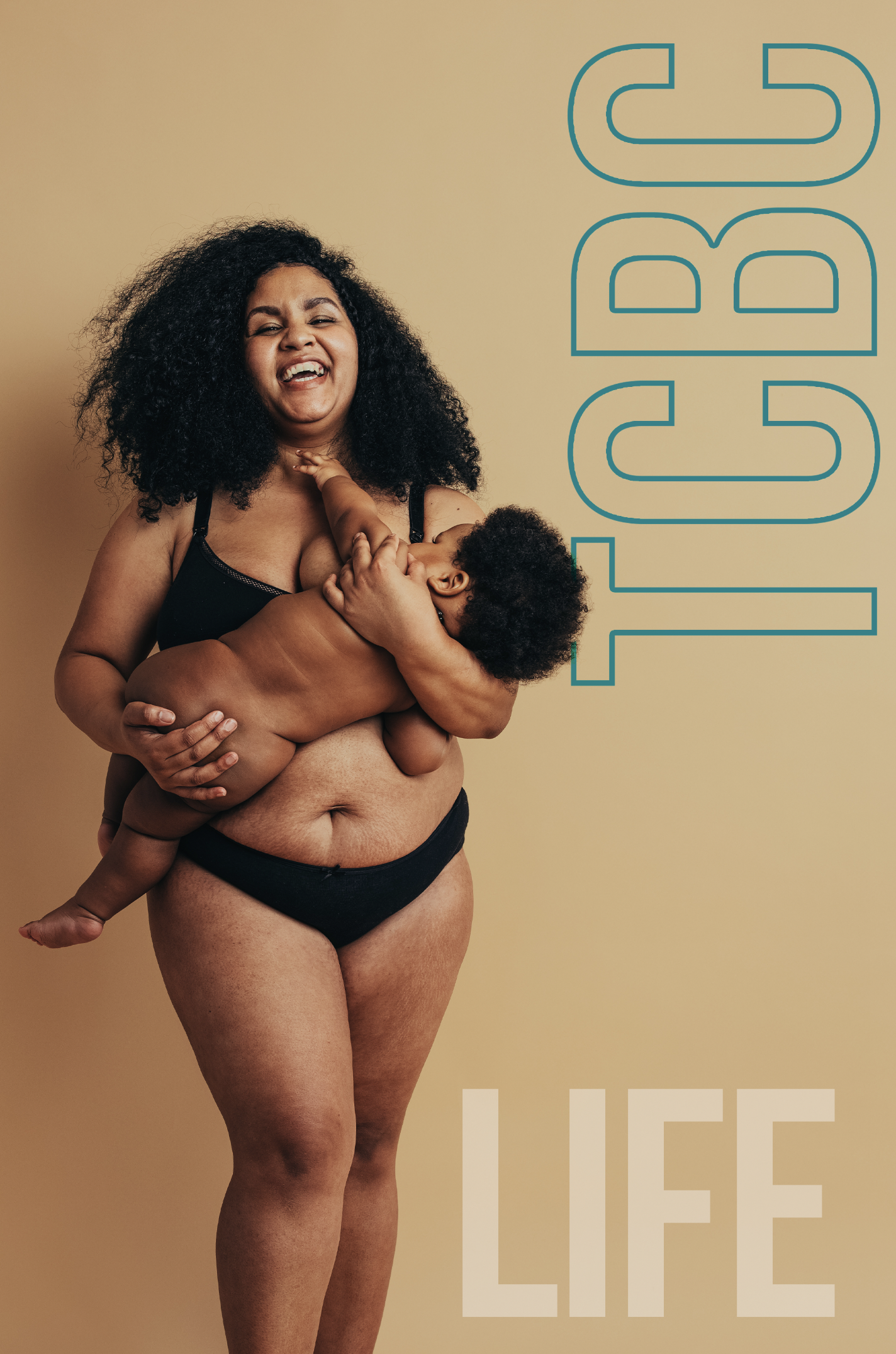Reducing Pain in Pregnancy
Many of us experience pain during pregnancy…but is it just an unavoidable part of being pregnant? Not necessarily. In fact, our bodies are well-designed for pregnancy (if it truly wrecked us we wouldn’t have lasted long as a species!). Our lifestyles, however, cause us to use our bodies in a way that strains our tissues—sitting for long periods, wearing heels, not walking often enough, and more. Add pregnancy to the picture and it’s no wonder many women experience aches and pains in pregnancy.Fortunately, there are things you can do to reduce your aches and pains and enjoy the physical experience of pregnancy more.
Alignment
We all know the stereotypical image of a woman in late pregnancy—belly thrust forward, back arched, feet waddling like a duck. None of this is natural, nor is it ideal for our bodies. In this position, our spinal discs and our nerves can be compressed, causing a whole host of problems.
Moreover, it is not just enough to exercise in pregnancy, its important to do so with good alignment. Carrying our bodies in the right way, all day, is important to staying healthy always, and especially during pregnancy.
Consider these alignment tips for standing, sitting, and walking. (These are good tips for everyone, by the way!)
Standing
Poor alignment plus the added weight of pregnancy can really stress the joints, spine, ligaments, muscles, and nerves. Try these tips:
- Shift your pelvis back in space so that your weight rests into your heels instead of the middle or front of your foot. Think about stacking your bones on top of each other, from your heels all the way to the shoulders and head. You should be able to lift your toes off the floor. Your knees should not be bent. Check your ribs to make sure they are not thrusting forward (if you can still find ribs!).
- Untuck your pelvis. Though we’ve been taught this is good posture, it is actually bad for the body. Allow for the natural curve of the low back. Though you may feel at first that you are sticking your booty out, it is actually optimal alignment (it not only relieves back pain and a host of other ailments, it prevents “flat bottoms” by toning the hamstrings and glutes and supports a healthy pelvic floor)
- Wear only flats or negative-heel shoes, such as Earth brand shoes. These put your toes a bit higher than your heels, helping to decompress your lower back. Heeled shoes throw your body out of alignment (and potentially mess with your balance!)
Sitting
If you must sit for long periods of the day because of work or your other daily activities, consider a standing work station to use for at least parts of your day (see ideal standing position tips above). If a standing work station is not possible, consider using the last five minutes or so of every hour (you can set an alarm) to stand up, stretch your calves and other muscles, and walk around if possible. You may also want to sit on large exercise ball for some or most of the day.
While sitting, roll your weight forward onto your sit bones instead of tucking your tailbone under and sitting on it. Your sit bones are the ones you can feel in the middle of each buttock if you feel for them. You can also feel for the tailbone at the midline and explore how your seated posture affects the tailbone. You want it untucked (facing more downward than out the front of your body). This can also foster optimal fetal positioning, which can impact your birthing experience greatly.
Walking
Keep the following tips in mind as you walk throughout the day:
- Keep your torso upright, not pitched forward.
- Let your arms swing naturally and relax your shoulders.
- Walk with your feet facing forward
Simple Movements for Pregnancy Aches and Pains
In addition to these alignment practices, there are additional simple and gentle exercises you can do to ease pain during pregnancy. Here are a few. Aim to complete these exercises three times a day or more, working up to holding them for 30 to 60 seconds.
Upper body tension
Your lungs’ decreased real estate in your body and new habits such as sleeping on your side can cause stress in the neck, upper back and shoulders. Try this simple stretch:
Palms up, place your hands on the back of a chair. Walk your feet slowly back until all four limbs are straight and your legs are hip-distance apart, feet parallel pointing ahead. Back your hips up until your torso is fully extended and your hips are behind your feet. Take deep breaths and feel the sides of your rib cage expanding.
Hip and pelvic pain
Keeping the deep hip rotator muscles underneath the buttocks and around the lower hips flexible can help reduce hip and pelvic pain during pregnancy. Here is a simple seated exercise that can help.
Sit in a chair with feet on the floor bring one ankle over and just above the opposite knee. Check to make sure your pelvis is untucked (see above), it will want to tuck if your hips are tight. Sitting at the edge of a rolled towel can help you get into the correct position. Work to get the ankle and knee of the lifted leg parallel to the floor. Switch legs and repeat.
Tight or sore hamstrings (upper backs of your legs)
Hamstrings often get tight in pregnancy. Stretching these large muscles will create space in your knee joints and ease leg tension.
Stand barefoot, feet hip distance apart and facing forward. Place your hands on the seat of a chair, palms down and straighten your legs. Put your weight into your heels and untuck your pelvis, creating that natural curve in your lower back. (You may want to check in a mirror.)
Swelling and pain in the lower legs and feet
Tight calf muscles can lower the circulation in the feet and legs, so by stretching them, you can increase blood flow and circulation, reduce discomfort, and decrease swelling in the ankles.
Place a thick rolled-up towel/yoga blanket or yoga mat on the floor and stand facing and just behind it. Place the ball of one foot on the mat or towel and lower the heel to the floor. Straighten both legs, keeping the thigh muscles relaxed. Then take a small step forward with the opposite leg. To increase the stretch, move the front foot further forward. Do this on both sides.
There are many other stretches and poses that are great for pregnancy and labor preparation, such as squats and tailor's or cobbler's pose. More on those in a future post.
Be well mamas!
Information for this post is primarily based on the fantastic work of Katy Bowman, check her out here and here.




